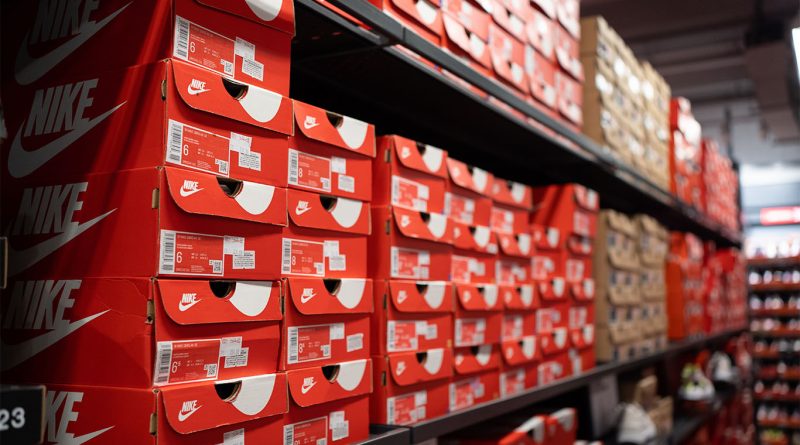The Retail Crime Crisis: Nike’s Portland Closure and the Broader Implications for the Industry
In a move that has reverberated throughout the retail sector, Nike’s iconic Portland factory store has permanently shut its doors. This decision, a year after its initial closure, underscores the escalating challenges retailers face due to theft.
Historical Significance of Nike’s Presence in Portland
Nike’s Portland store, a cornerstone of the city since 1984, initially signaled a temporary closure in October 2022. However, the doors never reopened. Reports from the period painted a grim picture: thieves brazenly exiting with armfuls of merchandise, unchallenged and undeterred. By February, Nike officials had communicated the underlying reasons to Portland Mayor Ted Wheeler, highlighting “deteriorating public safety conditions and a sharp rise in retail theft.” Despite Nike’s offer to fund off-duty police officers for security, the city couldn’t provide the necessary support.
Community Reaction and Economic Impact
The Soul District Business Association (SDBA) labeled Nike’s exit as “a significant economic blow.” John Washington, the SDBA director, encapsulated the community’s sentiment, emphasizing the lingering hope that had endured despite the pandemic’s challenges and societal unrest.
Broader Retail Challenges: The Surge in Theft
But this isn’t just about Nike. The retail landscape at large grapples with a surge in theft. The National Retail Federation’s 2022 security report revealed a staggering $100 billion loss to the retail sector due to theft.
Economic Factors:
Inflation has been identified as a significant trigger for the rise in shoplifting. As living costs soar, some resort to theft, especially amidst challenging economic conditions. Even with inflation showing signs of abating, U.S. prices persistently rise, potentially fueling the theft problem.
Organized Retail Crime:
Beyond individual shoplifting, organized retail crime poses a formidable threat. These aren’t isolated incidents but coordinated efforts, often involving extensive networks.
Impact on Consumers and Retailers:
The ripple effects of widespread retail theft are profound. Retailers bear financial losses, often passing these costs to consumers through elevated prices. The ensuing disruption mars the customer experience, potentially diminishing trust and foot traffic in physical stores.
Retailers’ Response:
Retailers, in response, are bolstering prevention methods. Many are amplifying their internal payroll to mitigate risks associated with retail crime and enhancing security measures to deter theft.
Broader Implications:
The surge in retail theft transcends mere retail challenges, mirroring broader societal issues. Economic disparities, limited access to essential resources, and other systemic challenges can amplify theft. A holistic approach, considering these foundational factors, may be essential to address retail theft.
Nike’s Portland closure is a poignant reflection of the broader challenges besieging the American retail landscape. As theft remains a persistent menace and foot traffic wanes, the industry stands at a crossroads, necessitating innovation and adaptability to traverse this challenging terrain.
